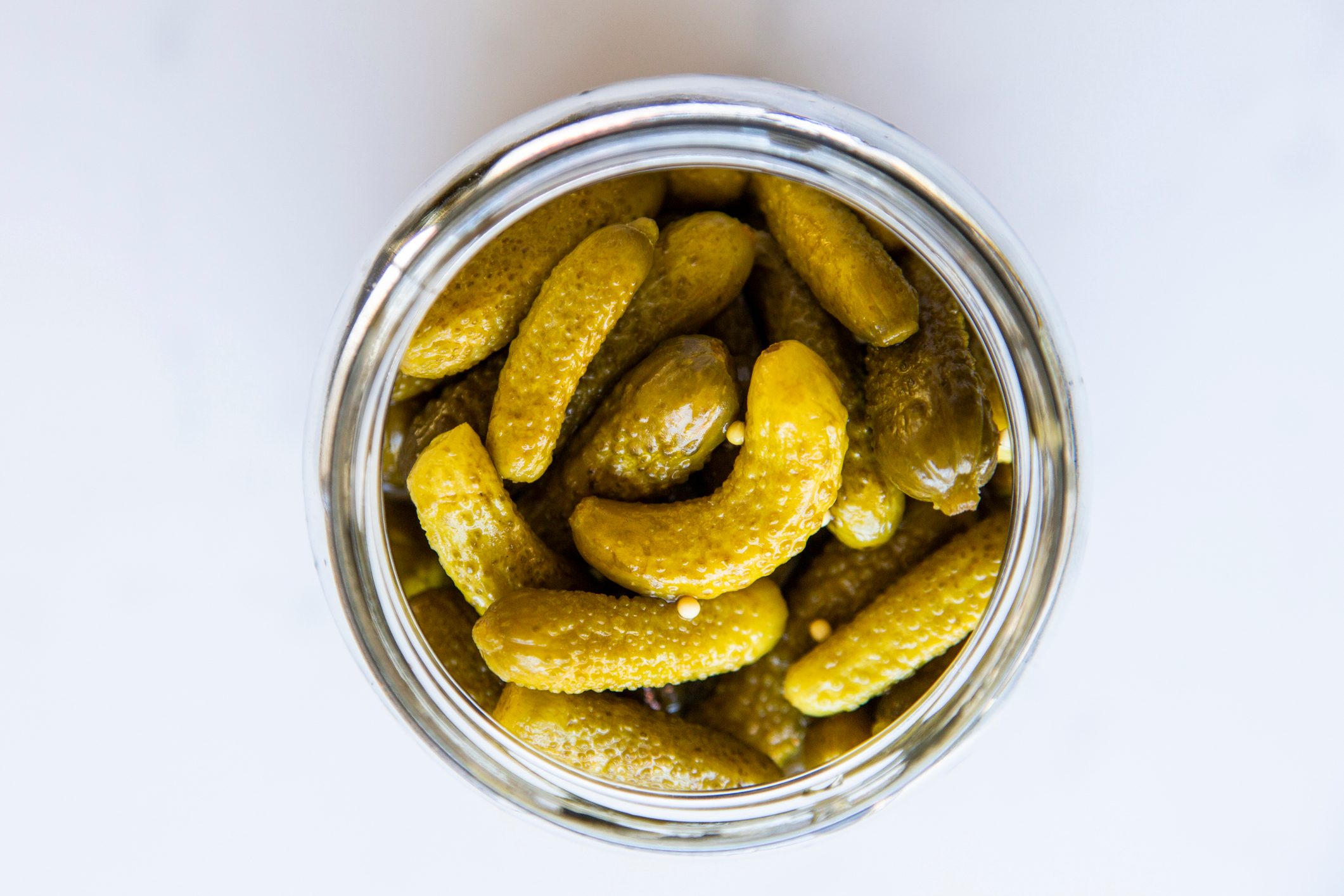A love of pickles and yogurt might reduce your odds of developing a condition that affects more than 35 million Americans...and growing.

New Study: People Who Ate This Type of Food Saw Lower Kidney Disease Risk

It’s been a much-discussed topic in recent years: Gut health. Though certain recommendations on social media might not be the most medically sound (that side-eye’s for you, parasite cleanses), recent research happened to reveal how the bacteria in your gut could be linked to a cancer diagnosis.
Now, there’s growing evidence that having a balanced approach to what you put in yours can “significantly” impact your kidneys—in a good way, say five kidney doctors in China.
A new study, published last month in the peer-reviewed medical journal Renal Failure, aimed to further explore a topic that has not been widely researched previously: how live microorganisms in an individual’s diet might factor into their risk level of developing chronic kidney disease.
Chronic kidney disease currently affects 10% of the worldwide adult population, and 1.2 million lives are lost to the disease each year, according to the study. The National Institute of Diabetes and Digestive and Kidney Diseases says one out of every seven U.S. adults has the condition, equaling more than 35 million Americans total.
But the study offered another sobering statistic, saying the disease will reportedly be the fifth leading cause of death in the world by the year 2040—”one of the largest increases predicted for any major cause of death.”
“There is currently no effective treatment” for chronic kidney treatment, remarks the study. The Mayo Clinic further elaborates: “Treatment for chronic kidney disease focuses on slowing the progression of kidney damage, usually by controlling the cause.” Ultimately, kidney failure can occur as the disease progresses, which can result in the need for either a kidney transplant or dialysis.
Using more than 15 years’ worth of data from the National Health and Nutrition Examination Survey, the study’s team—five researchers from the Department of Nephrology at Capital Medical University in Beijing, China—included 12,148 American adult participants in their research, 2,731 of which were diagnosed with chronic kidney disease.
Noting that past studies have established a link between both the onset and progression of chronic kidney disease with a gut microbiota “imbalance,” experts weighed in to evaluate the categories of the live microbial foods discussed in the survey results. They decided “low” live microbial food had less than 104 colony-forming units per gram (CFU/g), “moderate” live microbial food had 104 to 107 CFU/g, and “high” live microbial food had more than 107 CFU/g.
After reviewing the results, the team divided participants into the following groups:
- low group (no consumption of moderate or high live microbial food)
- moderate group (consumption of moderate but not high live microbial food)
- high group (consumption of any high live microbial food)
- moderate/high group (consumption of moderate or high live microbial food)
The study’s text doesn’t list examples of each type of live microbial food, but the International Scientific Association of Probiotics and Prebiotics suggests food items with “contains live cultures” on the label—possibly in some store-bought pickles, sauerkraut, or cheese, for example—generally indicate the presence of live microorganisms.
Individuals with a high live microbial intake ultimately showed a “significantly lower risk” of developing chronic kidney disease when compared to those with low intake. Additionally, having a moderate/high intake level also yielded good results.
“This is the first large-scale, population-based study in the United States to demonstrate that diets high in live microorganisms, rather than specific probiotics, are linked to a lower incidence” of chronic kidney disease, reported the team.
A live microbial diet could be “a novel dietary strategy” for treating the condition, the researchers concluded, adding that the risk of chronic kidney disease may be reduced with “a diet rich in live microorganisms.”
For daily wellness updates, subscribe to The Healthy by Reader’s Digest newsletter and follow The Healthy on Facebook and Instagram. Keep reading:




















